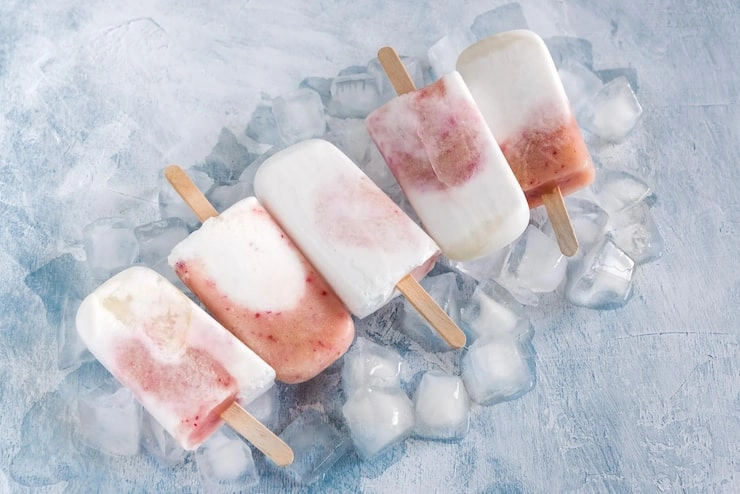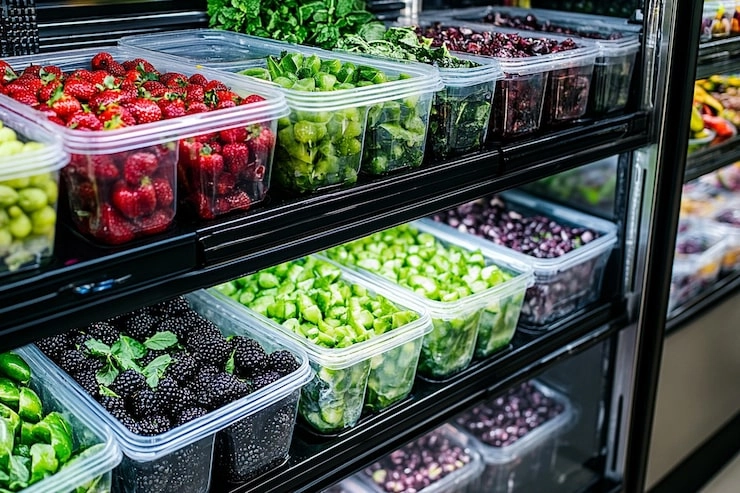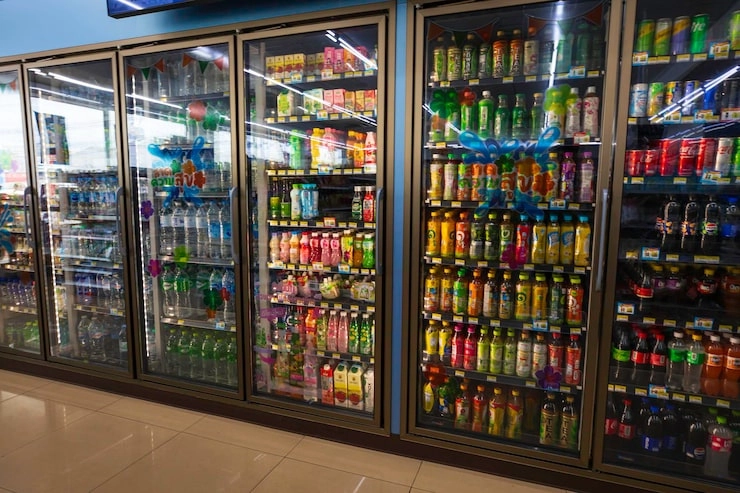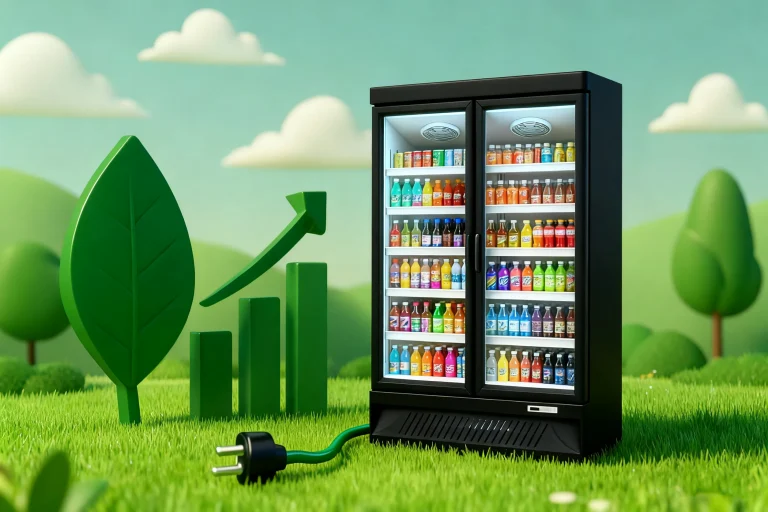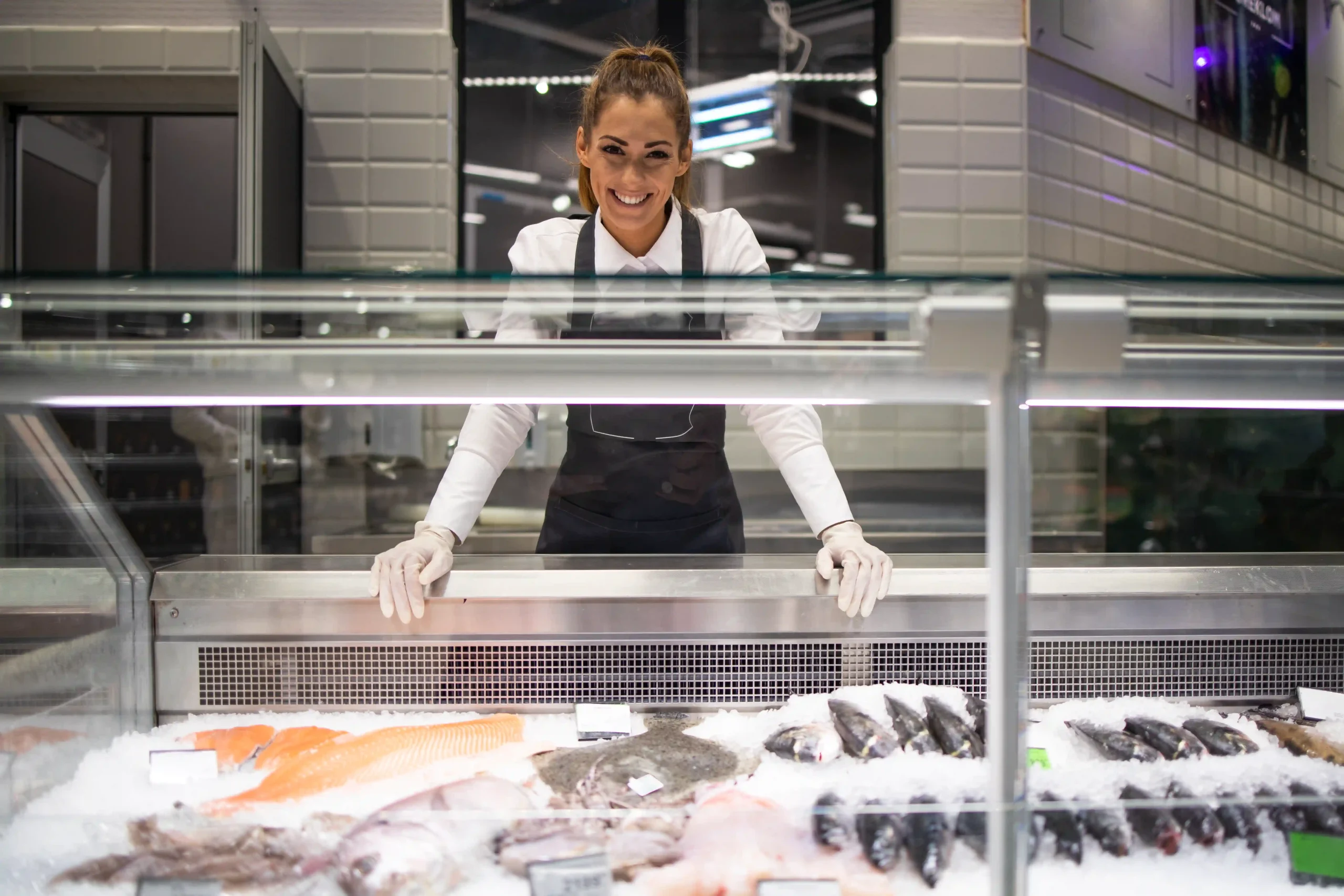
Commercial coolers are super important for businesses that need steady cooling to keep food and products fresh. But a common and pesky problem is ice forming inside the cooler. Figuring out why this happens is key to keeping your cooler working well and saving your goods.
Signs That Your Commercial Cooler is Freezing Up
Watch for clear signs of trouble. You might notice frost on shelves, evaporator coils, or even on your items. Other clues include water pooling at the bottom of the cooler. The temperature might get too cold, lower than it should be. Or the cooling might be uneven. These signs show your cooler needs quick attention.
Why Ice Buildup is a Serious Issue
Ice buildup does more than make a mess. It blocks air movement. This hurts the cooler’s ability to work right. The system has to work harder, using more power. Over time, ice can damage parts like fans and coils. This can lead to big repair bills and stop your business from running smoothly.
Common Causes of Ice Buildup in Commercial Coolers
Lots of things can cause ice to form in your cooler. Finding these problems early helps avoid long-term damage.
1. Faulty or Misaligned Door Seals (Gaskets)
A worn or broken door seal is a sneaky issue. If seals are cracked, hard, or not lined up right, they don’t close tightly. Warm, damp air slips into the cooler. This moisture then freezes on cold surfaces inside.
- How to Check: Look at door seals often for wear or tears. Try closing the door on a piece of paper. If the paper slides out easily, the seal isn’t strong. You’ll likely need a new one.
2. Malfunctioning Thermostat or Temperature Controls
A thermostat set too cold is a major cause of freezing. It makes frost build up. Also, a broken thermostat can cause wild temperature changes. This messes up the cooler’s defrost cycle. Ice then piles up.
- How to Diagnose: Use a good, separate thermometer to check the cooler’s temperature. See if it matches the thermostat’s setting. If they don’t line up, the thermostat might need fixing or a replacement.
3. Blocked or Dirty Evaporator Coils
Evaporator coils take heat out of the cooler. When dust, grease, or dirt covers them, air can’t flow well. The coils get super cold to make up for it. This makes moisture in the air freeze onto the coils.
- How to Maintain: Clean the coils regularly. Use a soft brush or a special tool to gently wipe off dirt. Clean coils work better. This stops ice from forming.
4. Poor Airflow Inside the Cooler
Good air flow keeps temperatures even. Stuffing the cooler too full or blocking vents with items stops air from moving. This creates cold spots. Frost forms easily in these spots.
- How to Improve: Arrange items so air can move freely. Keep products away from fan outlets and air vents. Check that all fans inside are running well.
5. Faulty Defrost System Components
Commercial coolers have a defrost system. It melts ice off the evaporator coils. If parts like the defrost timer, heater, or sensor break, the defrost cycle might not start or finish. This causes ice to keep building up.
- How to Test: A technician can use a multimeter to check the defrost heater and sensors. If parts are broken, replace them right away to fix the system.
6. High Ambient Humidity or Frequent Door Openings
The area around the cooler matters. High humidity or opening the door a lot lets in damp air. This can be too much for the cooler. Ice forms quickly because of this.
- How to Mitigate: Teach workers to open the door less. In busy spots, think about adding strip curtains. These help block warm air from getting in.
When to Call a Professional Technician
If easy fixes don’t solve the problem, you might have a bigger issue. Things like a refrigerant leak or a broken compressor need a pro. Trying to fix these without skill can make things worse. Call a trained technician to handle it.
Choosing the Right Equipment: How Create Refrigeration Can Help
Keeping up with maintenance is super important. But the cooler’s design and quality play a huge role in stopping ice problems. Good equipment can prevent many issues from the start.
Create Refrigeration makes smart cooling systems for supermarkets, small stores, and food businesses around the world. Their coolers are built to lower freezing risks. They also keep things efficient and make products easy to see.
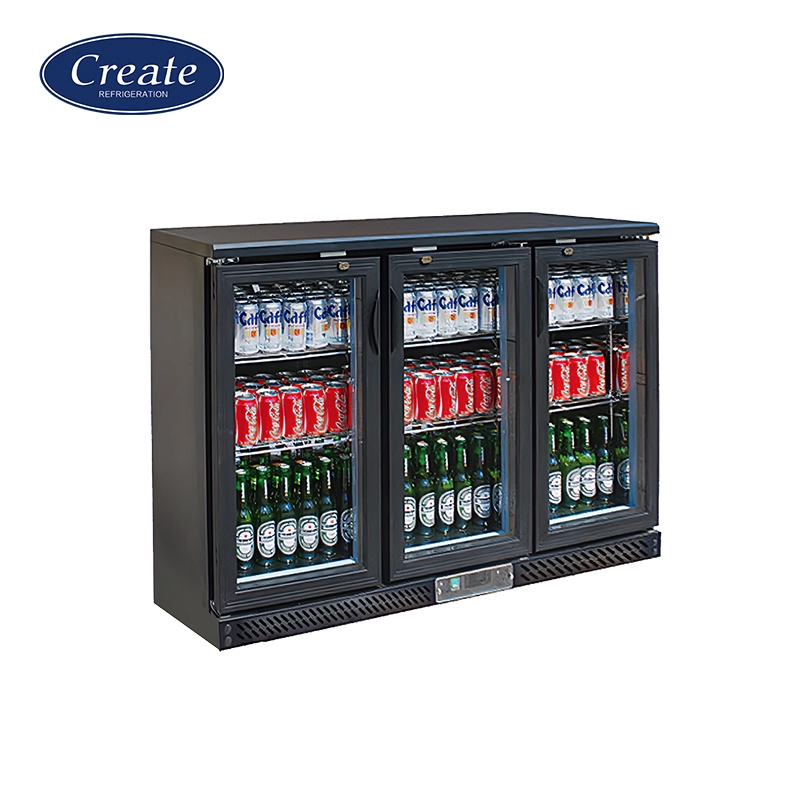
Key Features That Reduce Freezing Risks:
- Advanced Auto-Defrost Systems: These systems have clever defrost cycles. They clear frost from coils before it gets bad. This is great for humid places. It keeps the cooler running smoothly and saves energy.
- High-Efficiency Fans and Airflow Design: Their coolers use strong fans and smart air ducts. These spread cold air evenly. This stops cold spots where ice can form.
- Smart Temperature Monitoring: The units have accurate digital controls. They also have clear LED displays. These let you set the temperature just right. This avoids overcooling that causes ice.
- Top-Tier Inverter Compressors: These compressors use less energy. They keep temperatures steady. Stable temperatures help prevent freezing.
- Create Refrigeration has 16 years of experience. They have warehouses all over the world. They’re a trusted one-stop supplier. They offer free 3D layout designs, help with installation, and a one-year warranty with free spare parts.
Conclusion
Dealing with ice buildup early keeps your cooler running well. It saves you from high energy costs and big repairs. Regular care and smart equipment choices make your cooler reliable. Choosing advanced systems, like those from Create Refrigeration, gives you a strong setup for smooth, efficient cooling.
FAQs
Q1: Why does my commercial cooler keep freezing up even after I manually defrost it?
A: Ice that comes back after defrosting means there’s a bigger problem. A broken thermostat might send wrong signals. Bad door seals could let in damp air. Poor air flow or a faulty defrost system are other causes. Check these parts carefully.
Q2: How often should I clean my commercial cooler’s evaporator coils?
A: Clean the coils every one to three months. In dusty or greasy places, like busy kitchens, clean them every month. This keeps the coils working well. It also stops ice from forming.
Q3: Are there specific features I should look for when buying a new commercial cooler to prevent freezing?
A: Yes. Pick coolers with strong auto-defrost systems. Look for efficient compressors and smart digital controls. Also, choose coolers with good air flow design. Brands like Create Refrigeration build these features into their products. This makes them work better and last longer.





